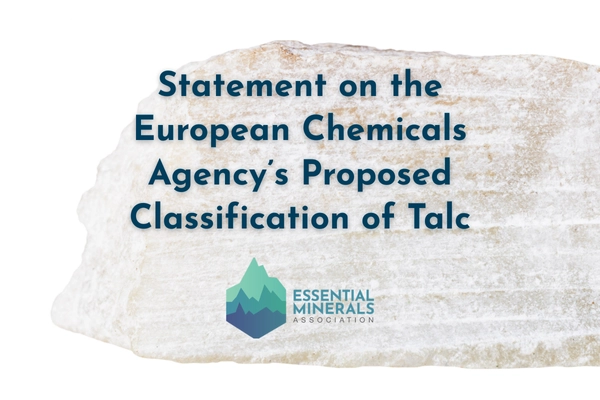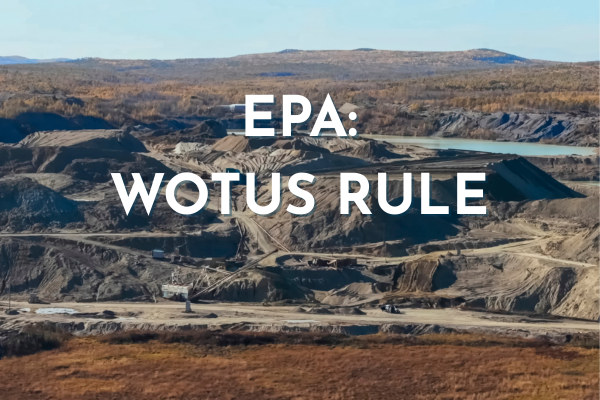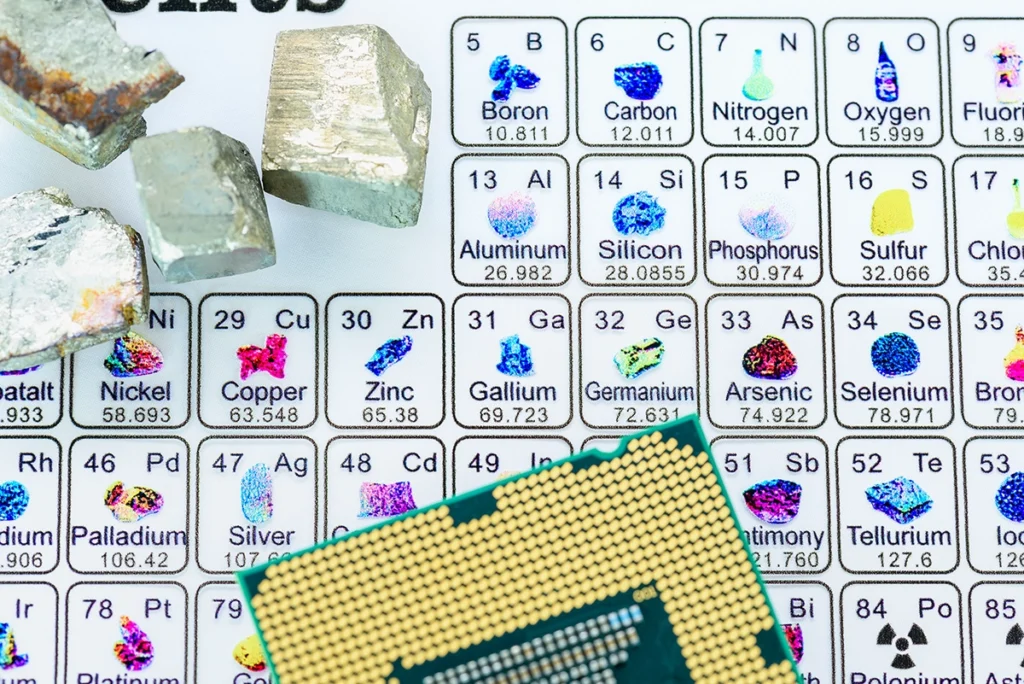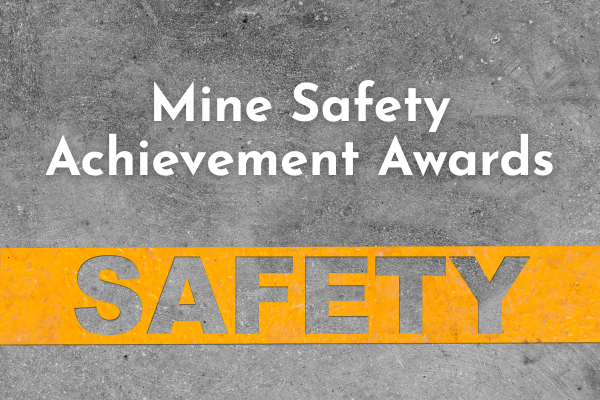August 19, 2025
August 19, 2025

Arlington, Va., Aug. 19, 2025 – The Risk Assessment Committee (RAC) of the European Chemicals Agency (ECHA) has issued a proposal to classify talc as a carcinogen, “STOT RE 1 and Carcinogenic 1B.” This classification is unjustified and based on a deficient process and unsubstantiated reasonsing by RAC. The strongest available evidence across multiple fields of study clearly demonstrates that talc does not cause cancer.
The Essential Minerals Association represents companies that produce and process dozens of minerals, including talc, throughout the world. While this is an issue that currently is impacting our talc producers, it is establishing a very dangerous precedent where our other minerals could conceivably be impacted in the future. In issuing its proposal, RAC failed to recognize significant studies and data that support a science-based conclusion that talc falls far short of meeting the required criteria to be classified STROT RE 1 and Carcinogenic 1B. Additionally, RAC diverged from typical procedures by independently proposing a higher carcinogenic classification than was included in the original proposal provided by the Netherlands and by basing this decision on an exception pairing limited evidence of cancer in humans and limited evidence of cancer in animals, which would ordinarily result in a lesser classification (category 2).
If the recent ruling by the European Union Court of Justice overturning the European Commission’s regulation on the classification and labelling of titanium dioxide as carcinogenic is any indicator, it is imperative for RAC to recognize the body of scientific evidence that supports the conclusion that talc does not cause cancer.
We believe it is imperative for the Commission to reopen the RAC review to consider all of the evidence as soon as possible. The mere proposed action has had negative impacts on the sale of talc in the global market. We are concerned that if the RAC review is not reopened to review and consider all of the relevant data and peer reviewed evidence, the harm caused to the global talc industry has the potential to be devastating. Some producers of talc are already losing business due to the RAC proposal.
The delay in the Commission’s planned review provides an opportunity for RAC to conduct a much more comprehensive review that includes all available data, scientific studies and a robust dialogue. A robust body of scientific literature authored by several well-regarded mineralogical experts, academic leaders, and other stakeholders does not appear to have been considered in the RAC decision making process.
We have attached a list of data and studies we believe should be considered and welcome the opportunity to discuss this further.
Talc is an important mineral used in products throughout the world, and the output of the Risk Assessment Committee brings unnecessary confusion and misunderstanding to this essential mineral. The overwhelming weight of scientific evidence does not support the committee’s conclusions.
#
The Essential Minerals Association (EMA) is the representative voice for companies that extract and process a vital and beneficial group of raw materials and minerals, which are the essential ingredients for many of the products used in everyday life. EMA ensures that the voices of its member companies and the socio-economic benefits they provide – from mining to end-use products – are heard by government leaders as well as the general public. Visit essentialminerals.org to learn more.
References:
Stayner, L., Carreón-Valencia, T., Demers, P., Fritz, J., Sim, M., Stewart, P., et al. (2024). Carcinogenicity of talc and acrylonitrile. The Lancet Oncology. https://doi.org/10.1016/S1470-2045(24)00384-X
International Agency for Research on Cancer. (2010). Volume 93: Carbon Black, Titanium Dioxide, and Talc. IARC Monographs on the Identification of Carcinogenic Hazards to Humans.
Boon, D., Goodman, J., Colonna, K., Espira, L. & Prueitt, R. (2024). A systematic review of the epidemiology evidence on talc and cancer. Critical Reviews in Toxicology, 54(6), 394-417. https://doi.org/10.1080/10408444.2024.2351081
National Toxicology Program. Toxicology and carcinogenesis studies of talc (CAS No. 14807-96-9) (non-asbestiform) in F344/N rats and B6C3F1 mice (inhalation studies). Natl Toxicol Program Tech Rep Ser 1993; 421:1-287.
Pruitt, R., Drury, N., Shore, R., Boon, D. & Goodman, J. (2024). Talc and human cancer: a systematic review of the experimental animal and mechanistic evidence. Critical Reviews in Toxicology, 54(6), 359-393. https://doi.org/10.1080/10408444.2024.2349668

November 17, 2025

November 6, 2025

September 18, 2025